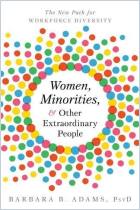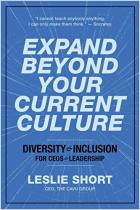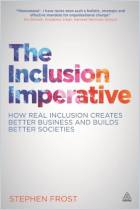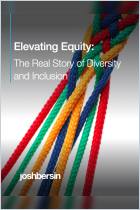
Book
The 5 Disciplines of Inclusive Leaders
Unleashing the Power of All of Us
Recommendation
Andrés Tapia and Alina Polonskaia tap into their experience leading corporate diversity programs in this insightful, practical examination of inclusive leaders: those who help build diverse, inclusive and equitable workplace cultures. Based on millions of leader surveys and years of research, they describe the five traits and disciplines inclusive leaders share. As the authors point out, and support with research and data, organizations that implement true diversity and inclusion, outperform those that don’t – both financially and creatively.
Summary
About the Authors
At Korn Ferry Andrés Tapia and Alina Polonskaia lead global diversity and inclusion strategy and client solutions.
Learners who read this summary also read
Book
Book
Article



















Comment on this summary